New bacteria discovered outside Chinese space station: Danger ahead?
A new bacteria found on China’s Tiangong space station is evolving rapidly, raising concerns about potential dangers.
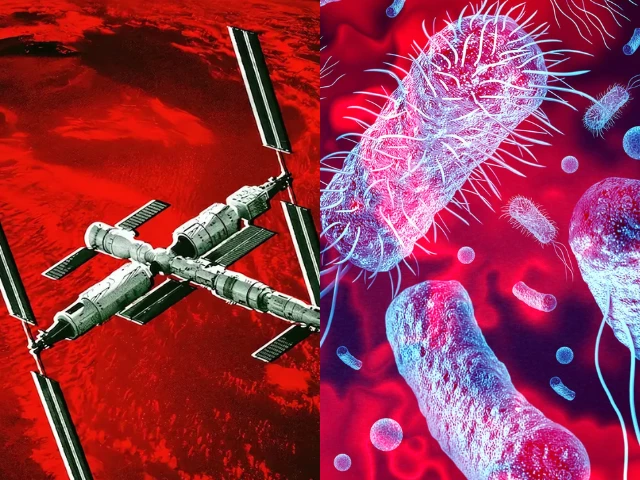
Scientists have identified a new strain of bacteria, Niallia tiangongensis, aboard China’s Tiangong space station, which is showing signs of evolution in space.
This bacteria was collected during the Shenzhou 15 crewed mission in 2023, and researchers were quick to note its unique ability to adapt to the harsh conditions of space.
Unlike typical Earth-bound microbes, Niallia tiangongensis thrives in the extreme environment of low Earth orbit.
Its resistance to radiation is far beyond that of most terrestrial bacteria, and its ability to form biofilms a protective layer helps it survive not just in space’s vacuum, but against harmful UV radiation.
This biofilm-forming characteristic may also protect it from being eradicated by disinfectants or cleaning methods, making it an even more formidable presence aboard spacecraft.
While Niallia tiangongensis has not shown any immediate harmful effects on astronauts, scientists fear the bacteria could evolve in unpredictable ways.
With space missions pushing further into deep space, the long-term effects of such microbes could pose grave risks.
Over time, this bacteria could adapt further, potentially mutating into a more aggressive form, one capable of infecting astronauts or damaging vital spacecraft materials.
The possibility that this bacteria might evolve into a spaceborne pathogen is not far-fetched. The long-term isolation of space, combined with radiation, zero-gravity, and other extreme factors, could create the perfect conditions for bacterial mutations.
The resilience shown by Niallia tiangongensis raises concerns that other microbes aboard space stations may be evolving in similar ways, unknowingly preparing to wreak havoc on human health or technology in future missions.
“What we are seeing is the bacteria’s ability to thrive in an environment completely alien to life on Earth,” said Dr. Chen Liyu, a microbiologist at the China National Space Administration (CNSA).
Researchers are working on sequencing the bacteria’s genome to understand its evolution better, but there’s a looming question: Could this new strain be the tip of the iceberg? As we prepare for missions to the Moon and Mars, the survival of microorganisms like Niallia tiangongensis could have serious implications.
If these microbes are capable of adapting in ways we can’t yet predict, humanity might be facing a microbial threat that could evolve alongside us, far beyond our current understanding.
This discovery underscores the need for tighter microbial monitoring and prevention protocols as we venture deeper into space.
As Niallia tiangongensis continues to evolve, it may not just be the health of astronauts at risk—but the future of human space exploration itself.

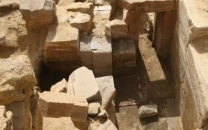


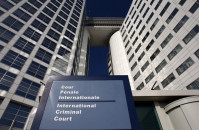
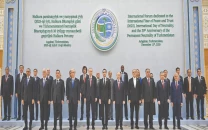






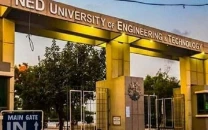

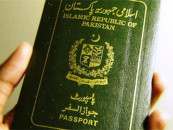







COMMENTS
Comments are moderated and generally will be posted if they are on-topic and not abusive.
For more information, please see our Comments FAQ